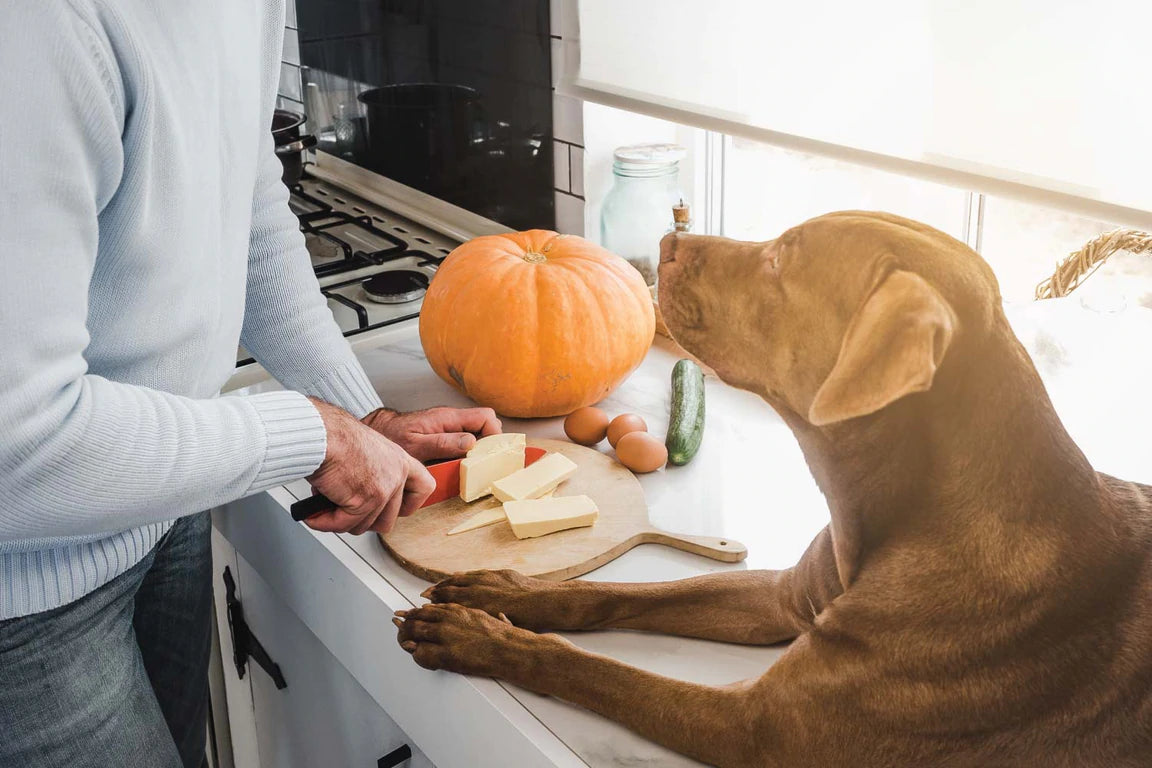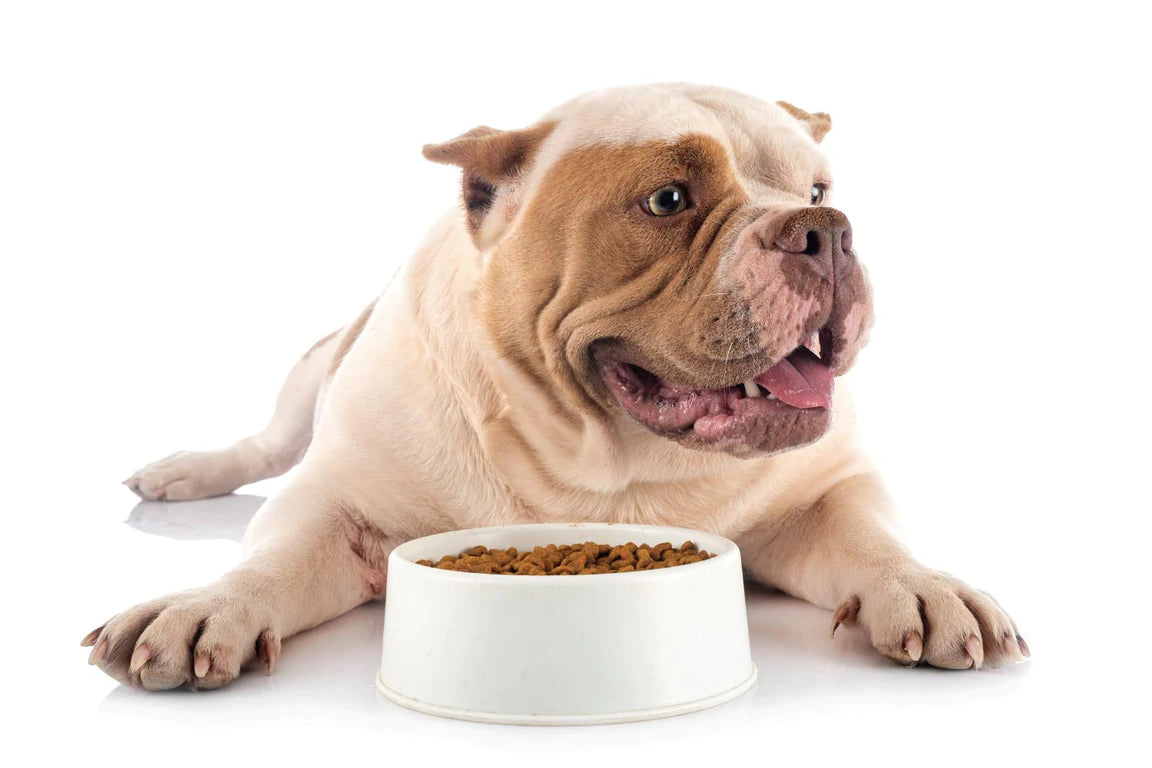Preparing your dog with stress-relieving measures for when life returns back to normal in the era of COVID
Let’s be honest – the pandemic has been “ruff” on everyone. But there have been some silver linings, such as tapping into new hobbies, expanding your work-from-home wardrobe and hanging with your pet all day! If you ask us, being able to dote on your dog without leaving them while you work, workout, or [insert pandemic activity here] has been a sweet spot during an otherwise dismal year. Plus, your dog is probably your favorite co-worker of all time, right?
Especially for pet parents who do have long work hours, or school-aged children (which keep them from their fur family members too), this time has been special in that it has offered us the opportunity to spend quality moments together that we would have otherwise missed, has increased snuggle sessions, and has enabled us to become present in a way that we would all ideally like to be for our dogs.
And don’t think your pet isn’t feeling the love as well. Sure, they may not know why you are suddenly in their space 24/7, but they most certainly are enjoying it! So the big question is, “What happens when the world returns to normal?” And how do you prepare your pet for more alone time, a regular work schedule and possibly the onset of a post-pandemic depression?
The truth is your pet may develop feelings of sadness and even hints of neglect. Changing patterns and resetting the schedule may be difficult on them, causing confusion, stress and potentially separation anxiety. And while we all wish we could be there physically for our pets, it’s important to be proactive and realistic if you care for your dog’s mental health once school routines resume and schedules get set back to status quo.
But how will you know if your pet is exhibiting stress signals? More than likely, you are already in tune with your dog’s emotional state. When they are sad, angry or confused, you know it. However, some other obvious signs of distress include excessive barking, wining, pacing, having accidents and the destruction of household items.
Here are some stress relieving options you can deploy to help your pet transition once the pandemic has hypothetically “ended”:
Stress Relief Drops
The ultimate solution to pet stress syndrome is our Stress Relief Drops: a proprietary blend of organic ingredients, custom-formulated to relieve your pet of typical stress symptoms. Our Stress Relief Drops are prepared with tasty, all-natural ingredients to help maintain your dog’s blood sugar and increase their appetite and metabolism. Containing ingredients such as natural malt syrup, organic apple cider vinegar and ginger, it’s no wonder pets love this mood-regulating supplement.
Spoiling Your Pet with Toys & Treats
There is nothing wrong with manipulating your pet just a bit to keep their senses excited before heading out the door. We all hate saying goodbye to our dogs, and they hate seeing us leave. But leaving them with a favorite plush toy, squeaker or treat is a great way to distract them from your departure. For a great selection of fun, engaging toys, visit our Toy Shop! To view our selection of all-natural treats, visit this page.
Extended Exercise
Your dog will do well to have some engaging time with you on a daily basis, whether it’s a long walk, active playtime or another activity that helps burn their energy. We encourage pet parents to take their dog with them on a morning walk or jog, or trade some “getting ready” time for 5-10 minutes of playtime with your dog in the morning. This helps them burn off energy so they can relax more during the day – while you’re gone – and it will also increase the bonding time you share together. Not to mention, it will provide mood-boosting benefits for you as well and help kickoff your day!
Alone Time
Although you might not want to, it’s a good idea to start acclimating your pet early on to the fact that you will be around less. Try to give your pet a bit of distance and space during the day when you would normally be at work. This may be hard with young children around, but do your best to give them some space. It will slowly help them to manage spending more time alone without you versus experiencing a drastic transition between at-home schedules and “back to work” schedules.
Positive Vibes
Pets and babies have a unique sensibility when it comes to feeding off of their parents emotional state. If you are in distress, they will be as well. You may be feeling sad at the prospect of leaving your pet for your former routine, but try to keep
Stability and Predictability
Like people, dogs work best when following a predictable schedule. If your routine that existed before the pandemic has been upended with you now home, it’s a smart idea to begin getting back to the same patterns they were used to beforehand. In some cases, this includes walking routines, playtime hours, and even nap schedules if you have a cuddle monster.
Contact a Behavioralist
If you have an especially sensitive pet, they may need (and deserve) the help of a professional behavioralist. Sometimes, we don’t have all the answers, but employing a specialist may be the right approach if you feel your pet’s mental health is suffering. They will provide solutions, feedback and therapy techniques to help your dog transition back to a pre-COVID temperament.



